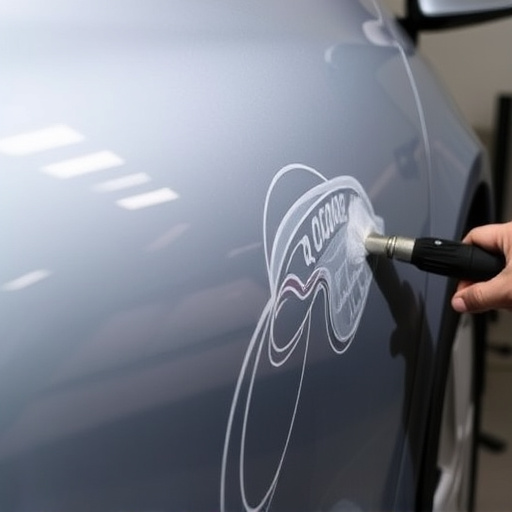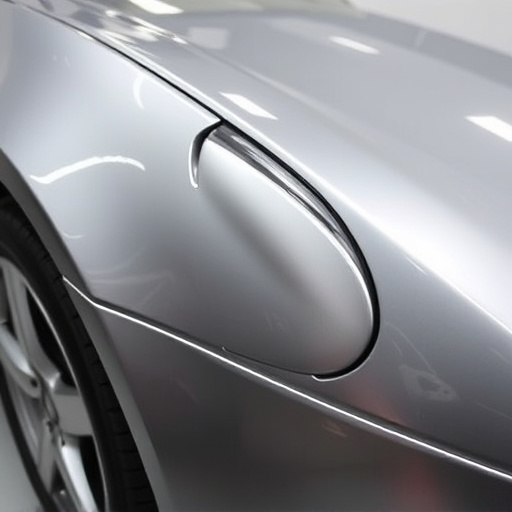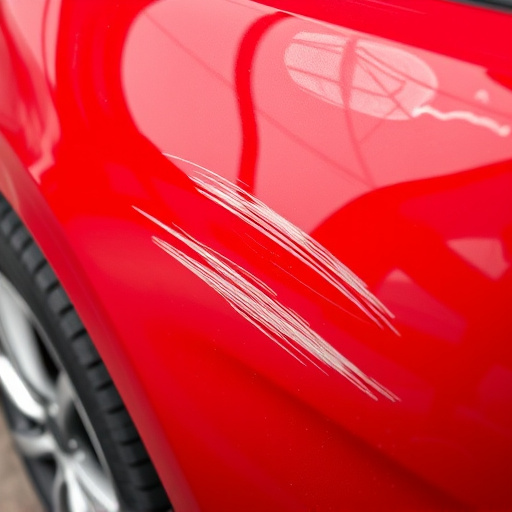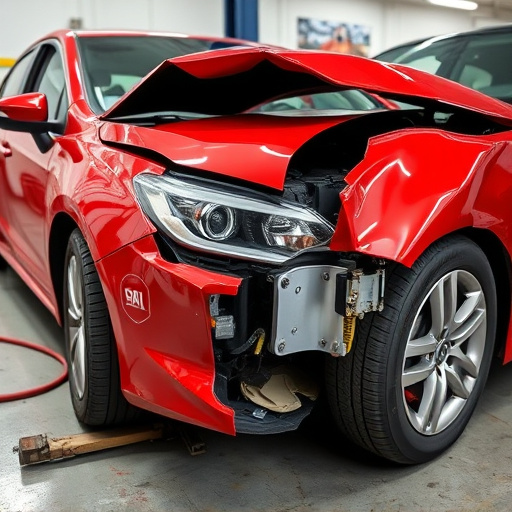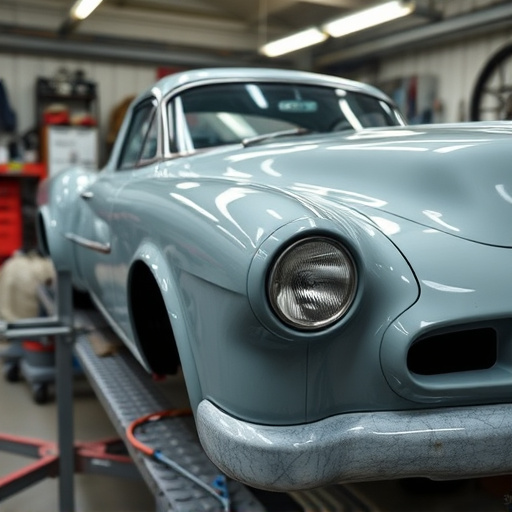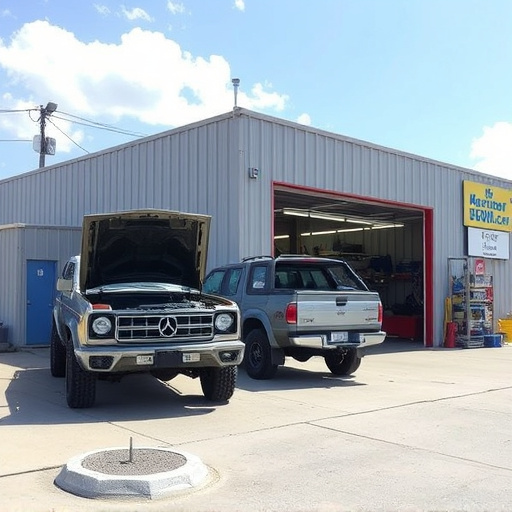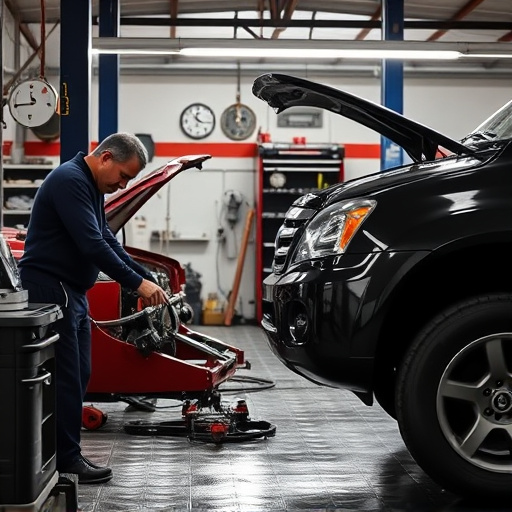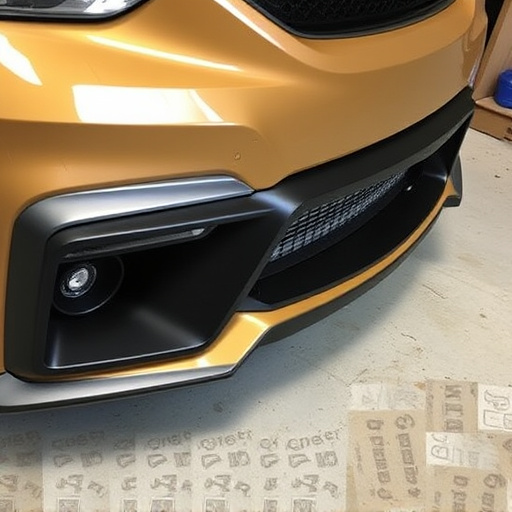Composite material replacement is a cutting-edge method using fiber-reinforced polymers to repair car bodies, offering lightweight yet strong structures. It reduces heat distortion, speeds up repairs, and minimizes waste, making it eco-friendly for vehicle maintenance. Compared to traditional welding, this technique provides design flexibility and superior strength-to-weight ratios, benefiting industries from automotive to aviation and marine engineering.
In today’s advanced manufacturing landscape, understanding the nuances between traditional welding and composite material replacement is crucial. This article delves into these contrasting methods, offering insights into their respective advantages and disadvantages. We explore real-world case studies to help readers navigate when each approach excels, focusing on factors like cost efficiency, structural integrity, and material properties. Discover why composite material replacement could be a game-changer in various industries, especially when innovative solutions are sought.
- Understanding Composite Material Replacement
- Advantages and Disadvantages of Traditional Welding
- Case Studies: When to Choose Replacement Over Welding
Understanding Composite Material Replacement
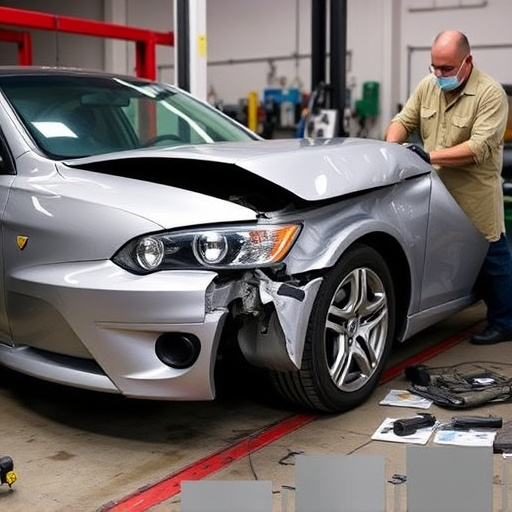
Composite material replacement is a cutting-edge approach in car body repair that involves utilizing advanced materials to replace or reinforce traditional metal components. This innovative technique offers a significant departure from conventional welding methods, which have long been the cornerstone of vehicle repair. By employing composite materials like fiber-reinforced polymers, experts can create lightweight yet robust structures, enhancing both structural integrity and fuel efficiency in cars and other vehicles.
In the realm of car body shop operations, composite material replacement presents a game-changer for tackling complex repairs. Unlike welding, which may leave residual heat damage or require extensive preparation, composite replacements offer precise shaping and can mimic the original structure’s strength while reducing weight. This not only speeds up the repair process in vehicle repair shops but also contributes to more environmentally sustainable practices by minimizing material waste.
Advantages and Disadvantages of Traditional Welding

Traditional welding has been a go-to method for many years, especially in industries like automotive manufacturing and vehicle repair. Its primary advantage lies in its strength; welds can be incredibly robust, joining metals permanently and creating sturdy structures. This makes it ideal for building heavy-duty machinery, vehicles, and even airplane components where high structural integrity is essential.
However, traditional welding also presents several challenges, particularly when compared to modern alternatives like composite material replacement. One significant disadvantage is the potential for material distortion during the welding process. High heat can cause warping or deformation, especially in thin metal sheets commonly used in car repair services and scratch repair. Moreover, it’s a time-consuming procedure, requiring skilled labor and precise techniques to achieve strong bonds, which can increase costs in vehicle repair processes.
Case Studies: When to Choose Replacement Over Welding
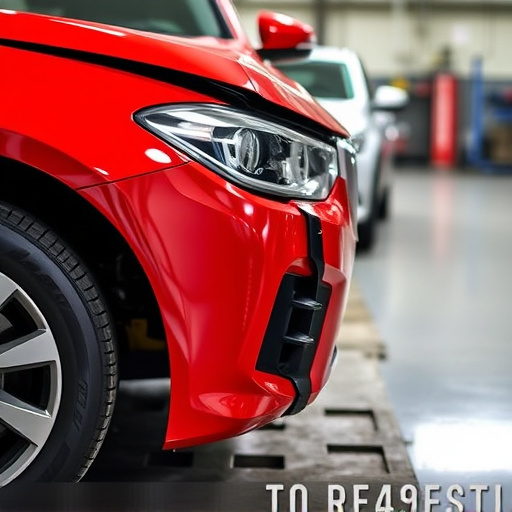
In many industries, the decision between composite material replacement and traditional welding comes down to specific application needs and project constraints. Case studies offer valuable insights into when each approach is most effective. For instance, in the automotive sector, a collision repair shop might opt for composite replacement when dealing with complex, intricate parts like fenders or door panels. This method’s ability to preserve the original material’s structural integrity and aesthetic appeal makes it ideal for restoring vehicles to their pre-accident condition, especially in cases where welding could compromise the part’s performance.
Furthermore, industries such as aviation and marine engineering frequently turn to composite material replacement for critical components due to its superior strength-to-weight ratio. When a tire services facility or a shipbuilder needs to repair or replace parts that demand high resistance to stress and corrosion, composite replacement techniques like lamination or injection molding can deliver exceptional results. These case studies demonstrate that while traditional welding has its place in construction and fabrication, composite material replacement offers advantages in terms of durability, design flexibility, and non-destructive repair for various sectors.
Composite material replacement offers a modern, efficient alternative to traditional welding in various industries. By examining the benefits and drawbacks of each method, as well as understanding their respective applications through case studies, it’s clear that composite replacement can enhance productivity, reduce costs, and provide superior structural integrity for many projects. This innovative approach is revolutionizing manufacturing and construction processes, making composite material replacement a game-changer in modern workshops.
